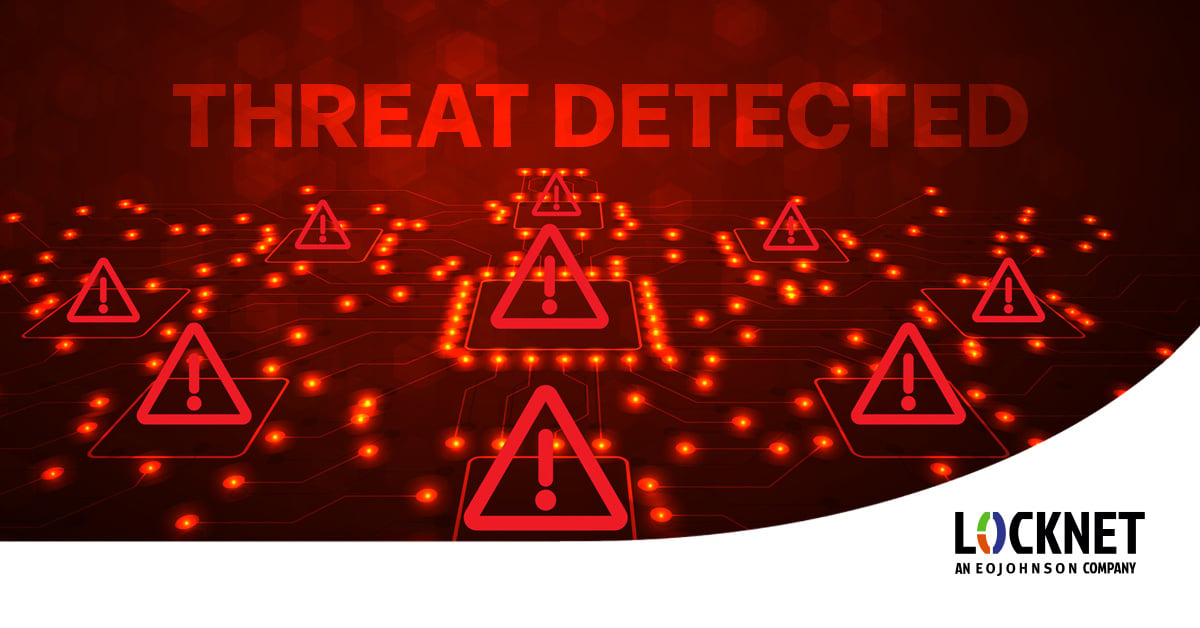World Class IT Support & Service
Real People. Right Now.
About Locknet® IT Services
From the first hello, the Locknet® team is dedicated to serving you and your needs.
Real People. Right Now.
From the first hello, the Locknet® team is dedicated to serving you and your needs.


For regulated businesses with limited IT resources, cybersecurity is a top concern. With sophisticated cyber threats evolving rapidly, traditional security measures can sometimes fall short. Many organizations are now turning to Extended Detection and Response (XDR) to enhance their security posture without overwhelming their internal teams. This guide will explain what XDR is, its security benefits, and the steps businesses should take before implementing it.
Extended Detection and Response (XDR) is an advanced cybersecurity solution that unifies security data from multiple layers, such as endpoints, networks, email, cloud applications, and servers. It detects, analyzes, and responds to threats more effectively. Unlike standalone security tools like Endpoint Detection and Response (EDR) or Security Information and Event Management (SIEM), XDR consolidates these functionalities into a single, automated system that improves detection and response times while reducing manual workload.
For businesses with limited in-house security resources, Managed Extended Detection and Response (MXDR) offers a fully managed version of XDR. An external cybersecurity provider handles all aspects of XDR, including 24/7 monitoring, threat hunting, and incident response. This is an ideal option for organizations that need advanced security without hiring dedicated security personnel.
Implementing an extended detection and response solution offers several security advantages, including:
XDR uses AI-driven analytics and machine learning to identify threats across all security layers. This means threats that might bypass traditional defenses, such as insider threats or sophisticated phishing attacks, are more likely to be detected.
By automating security processes and correlating threat data from multiple sources, XDR significantly reduces the time required to investigate and mitigate security incidents. Automated response capabilities allow threats to be contained before they escalate.
With XDR, businesses gain a centralized view of security alerts, vulnerabilities, and attack patterns. This comprehensive perspective helps eliminate blind spots that attackers could exploit.
For businesses in regulated industries such as financial institutions and healthcare, XDR can help meet compliance requirements by providing detailed security logs, automated reporting, and threat intelligence insights.
Before deploying an extended detection and response solution, organizations must take the following steps to ensure a smooth implementation and maximize its effectiveness:
Conduct a thorough vulnerability assessment of your existing security tools and IT infrastructure. Understanding your current gaps will help determine how XDR can strengthen your defenses.
Clearly outline your security goals and compliance requirements. Common use cases include:
If your organization lacks the in-house expertise or resources to manage XDR effectively, consider using a Managed Extended Detection and Response (MXDR) service. A Managed Security Service Provider (MSSP) can typically offer this solution, including:
Ensure that your XDR solution will integrate seamlessly with your current IT environment. Proper integration will maximize visibility and efficiency across security tools.
Establish clear incident response protocols to ensure a swift and coordinated approach to security incidents.
Cybersecurity is an ongoing process. Conduct periodic security assessments, penetration testing, and compliance reviews to maintain effectiveness.
For regulated businesses with limited IT resources, Extended Detection and Response (XDR) is a game-changer. By providing centralized visibility, automated threat response, and compliance support, XDR strengthens security without requiring large in-house teams.
For those who need additional support, Locknet provides Managed Extended Detection and Response (MXDR). As an MSSP, we can help you stay ahead of cyber threats and maintain regulatory compliance with our expert oversight and proactive continuous protection.
Cybersecurity

Onalaska, WI Waterloo, IA Wausau, WI Eau Claire, WI Burnsville, MN
You are now leaving locknetmanagedit.com. Please check the privacy policy of the site you are visiting.